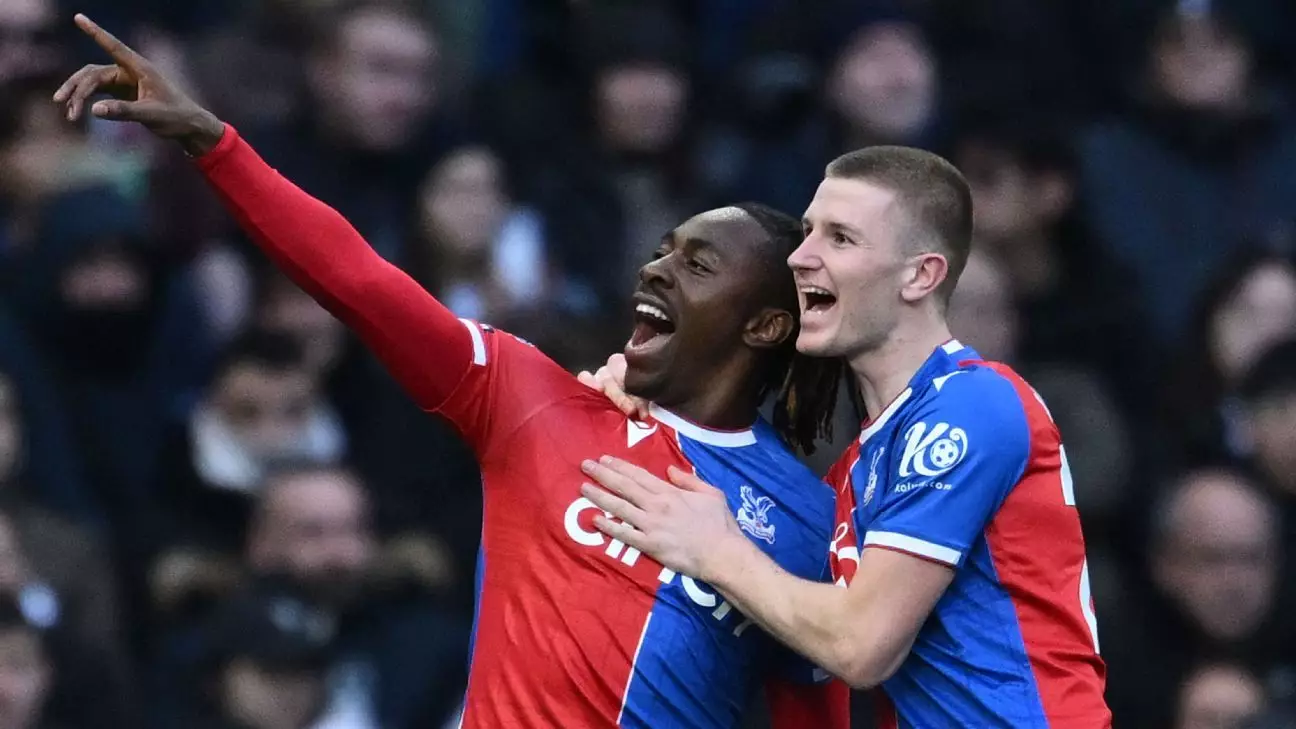In the fast-paced world of football transfers, 2024 promises to be a year of significant upheaval and strategic repositioning. Clubs across Europe are recalibrating their squads, seeking not only immediate results but also long-term sustainability. This season’s transfer activity underscores a competitive environment where financial muscle, tactical acumen, and scouting ingenuity are vital. The implications extend beyond club borders, affecting league standings, player careers, and even global football narratives. To understand this transformative period, we must analyze both the underlying trends and individual negotiations shaping the modern game.
Premier League Giants and Their Strategic Moves
Manchester United and Arsenal, two of England’s most storied clubs, are engaged in high-stakes maneuvering. United’s interest in Valencia’s promising midfielder Javi Guerra signals a shift towards acquiring energetic, versatile players capable of elevating their midfield dynamics. Guerra, at just 22, exemplifies a new generation of box-to-box midfielders whose aggressive style and tactical intelligence can inject fresh vitality into a team. His towering physicality and high work rate align perfectly with the demands of the Premier League, reflecting United’s desire to reassert their dominance with younger, more athletic talent.
Meanwhile, Arsenal’s pursuit of Eberechi Eze exposes the club’s ambition to blend creativity with youthful exuberance. Negotiations involve a player swap with Crystal Palace, highlighting a pragmatic approach that balances financial considerations with tactical needs. Arsenal’s willingness to include their youth prospects as bargaining chips signals a broader trend where clubs leverage academy players to secure established stars. The fierce competition from Tottenham underscores the shifting power dynamics within London’s elite, emphasizing how strategic signings can tip the balance in a club’s favor.
Emerging Talents and Under-the-Radar Gems
Amid the headline-grabbing transfers, overlooked talents like Valencia’s Javi Guerra are beginning to draw attention from more prominent European clubs. Guerra’s style—characterized by relentless energy, physical robustness, and tactical awareness—makes him a highly appealing prospect for Premier League teams eager for dynamic midfield options. His ability to break lines and contribute defensively while maintaining offensive intent exemplifies the modern midfielder’s multifaceted role.
Guerra’s case illustrates the sophisticated scouting networks operating beneath the surface, aiming to unearth hidden gems that can be cultivated into world-class icons. His rise from Valencia’s B team to a first-team regular demonstrates how club development strategies are increasingly focused on nurturing versatile, high-energy players who can adapt quickly to intense league demands. The potential of such players to revolutionize club midfield chemistry suggests that the future belongs to those who can identify and integrate these talents efficiently.
High-Profile Transfers and Financial Power Plays
The transfer activities of top-tier clubs like Napoli, Bayern Munich, and Liverpool reveal a complex web of negotiations driven by financial clout, strategic needs, and long-term planning. Napoli’s bid for Darwin Núñez, with an offer close to €50 million, exemplifies the premium placed on proven goal scorers who can carry teams in competitive leagues. Liverpool’s reluctance to relinquish Núñez at that price signals a willingness to hold out for a substantially higher offer, reflecting their valuation of a player they invested heavily in less than a year ago.
Bayern Munich’s aggressive pursuit of forwards such as Christopher Nkunku and Renato Veiga indicates their desire to rebuild their attacking line-up following unsuccessful attempts to land other targets. Their simultaneous interest in Liverpool’s Luis Díaz, despite Liverpool’s firm stance, illustrates how Bayern’s strategy revolves around flexibility and persistence—traits essential for navigating Europe’s crowded transfer market.
The ongoing saga surrounding Victor Osimhen intensifies the transfer speculation. Galatasaray’s negotiations to sign the Nigerian striker highlight the importance of strategic fee negotiations; the club’s refusal to meet Napoli’s €75 million release clause, opting instead for a lower bid, emphasizes the ongoing tug-of-war that typifies high-stakes transfers today. Such negotiations underscore a broader trend: clubs are increasingly leveraging financial tactics to maximize value without compromising long-term squad integrity.
Tactical Evolution and the Global Talent Pool
The flow of talent to and from leagues around the world signals a broader evolution in football’s tactical landscape. The acquisition of young players like Kawasaki Frontale’s Kota Takai by Tottenham hints at clubs’ commitment to developing age-specific talent for future roles, rather than relying solely on immediate star power. Moreover, the interest in players like Mikey Johnston and Reinildo Mandava demonstrates the global reach of scouting efforts, with clubs seeking to fill tactical gaps regardless of geographical origin.
This strategic diversification is reshaping team compositions into more fluid, adaptable units capable of adjusting to various tactical systems. For instance, the emphasis on high-intensity pressing, quick transitions, and versatile midfielders like Guerra reflects a broader shift towards energetic, flexible formations that can adapt mid-game. As clubs push forward into new transfer cycles, the most successful teams will be those able to integrate emerging talents seamlessly into their tactical fabric.
The Power of Data-Driven Decisions and Future Outlook
As the transfer window progresses, clubs are increasingly relying on data analytics and scouting innovations to assess players beyond surface-level metrics. Guerra’s impressive stats—high tackle and recovery rates, insatiable energy—are a product of meticulous data analysis that highlights his potential fit within Premier League demands. This approach signals a future where statistical insights will be central to transfer strategies, reducing reliance on traditional scouting alone.
The coming months will reveal whether these strategic moves translate into success on the pitch. Teams that balance financial strength with tactical vision and smart scouting will have an advantage. The inflow of young, adaptable players combined with seasoned internationals suggests a period of intense competition for league supremacy. Ultimately, 2024’s transfer market offers a snapshot of a sport in evolution—more global, more tactical, and more driven by data than ever before.

